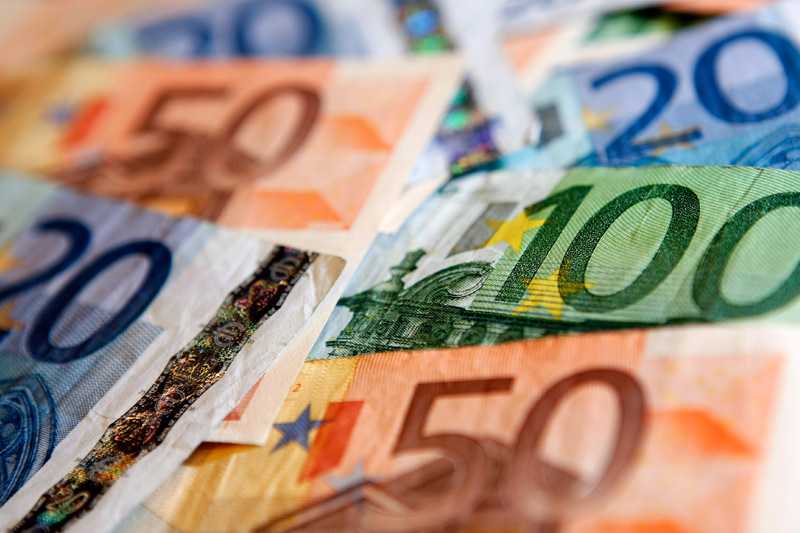Investing.com - The euro continued to trade at nine-year lows against the U.S. dollar on Wednesday, as strong U.S. economic reports lent further support to the greenback, while growing expectations for fresh easing measures by the European Central Bank continued to weigh on the single currency.
EUR/USD hit 1.1808 during U.S. morning trade, the pair's lowest since January 2006; the pair subsequently consolidated at 1.1828, retreating 0.53%.
The pair was likely to find support at 1.1659 and resistance at 1.1969, Tuesday's high.
The dollar strengthened broadly after payroll processing firm ADP said non-farm private employment rose by 241,000 last month, above expectations for an increase of 226,000. The economy created 227,000 jobs in November, whose figure was upwardly revised from a previously reported 208,000.
Data also showed that the U.S. trade deficit narrowed to $39.00 billion in November from $42.25 billion in October, whose figure was revised from a previously estimated deficit of $43.40 billion. Analysts had expected the trade deficit to narrow to $42.00 billion in November.
The strong data added to expectations that the Federal Reserve will raise interest rates in the coming year.
Meanwhile, the single currency remained under pressure after data showed that consumer prices in the euro area fell in December for the first time in more than five years
Eurostat reported that the annual rate of euro zone inflation fell by 0.2% in December, down from 0.3% in November. Economists had expected an annual decline of 0.1%. It was the first fall in the annual rate of inflation since October 2009.
Core inflation, which strips out volatile measures such as food and energy costs, rose 0.8% on a year-over-year basis, but was still well below the ECB's target of close to, but just under 2%.
The data added to expectations that the ECB could implement quantitative easing as soon as its next meeting on January 22. Late last week ECB President Mario Draghi said the risk of it not fulfilling its mandate of price stability is higher now than six months ago.
In a separate report Wednesday, Eurostat said the euro zone’s unemployment rate was unchanged at 11.5% in November for the sixth straight month, but the number of people without jobs rose for the third consecutive month, by 34,000 to 18.394 million.
The euro was also lower against the pound, with EUR/GBP slipping 0.17% to 0.7835.
Later in the day, the Fed was to publish the minutes of its most recent meeting.
